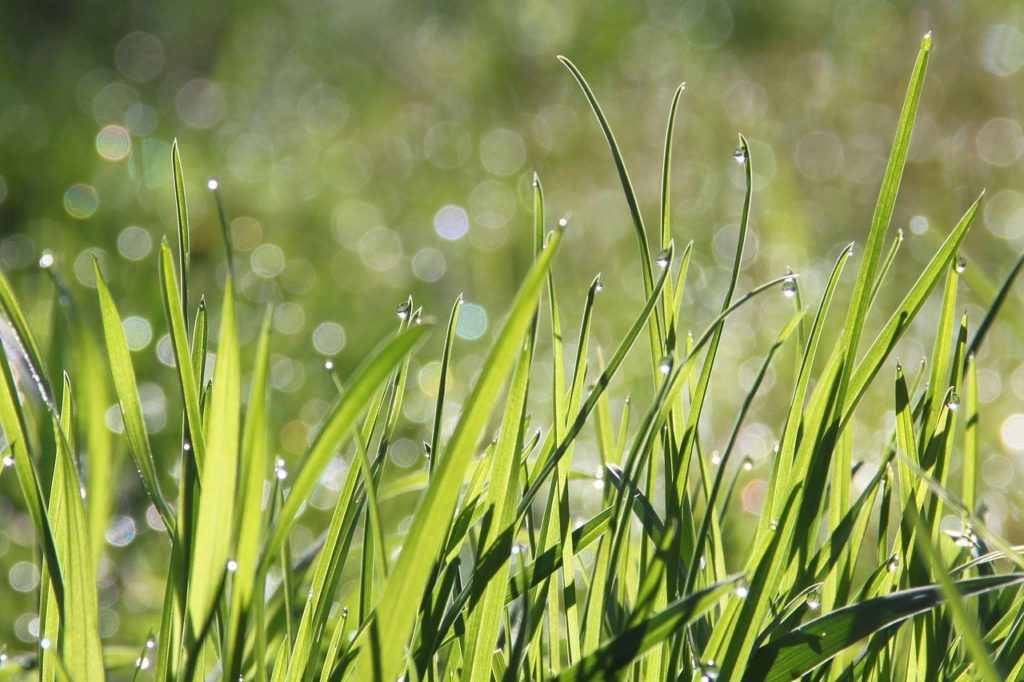
Drought conditions causing soil moisture deficits in many areas of the country have made grassland management difficult over the last month. John Maher, head of the Teagasc Grass 10 programme says that farmers are adapting and reacting well to the current grass growing conditions. This is the main message from the 100th edition of the Grass10 Weekly Newsletter published this week. See https://www.teagasc.ie/publications/2020/grass10-newsletter—9-june-2020.php
The average level of grass growth across the country for the last 7 days is 53 kilograms per hectare per day (kg/ha/day) which is about 20% below normal. However the average level of herd/flock grass demand is similar at 51 kg/ha/day. So the demand of the herd/flock equals the current rate of grass growth. Grass growth is much lower in eastern parts of the country at 45 kg/ha/day, but farmers are taking the necessary steps to keep the animals fed and at same time protecting grass supply on the farm. In this week’s issue (100th edition) of the Grass10 newsletter, a number of strategies and recommendations are outlined to deal with the current period of difficulty.
https://www.teagasc.ie/publications/2020/grass10-newsletter—9-june-2020.php
The two page Grass10 newsletter is dispersed weekly to over 1,500 industry stakeholders and 4,000 users of PastureBase Ireland. Published every Tuesday, the Grass 10 newsletter captures grass measurements taken by farmers every Monday, and it communicates grazing messages based on these measurements. The Grass10 Team work closely with PastureBase Ireland, and many other information sources to collect accurate information, and then give the weekly Grass10 message based on these figures. Two very important sources of information included in the Weekly Grass10 newsletter are:
- The latest figures from PastureBase Ireland (rate of grass growth, herd/flock demand, average farm cover, grass supply/LU, pre-grazing yield, etc.): These figures are based on grass measurements across Ireland over the 7 days prior to sending out the newsletter. These figures are also broken down by province so that we can recognise variation in performance in different areas of the country (the provinces have been surprisingly similar in terms of growth, however the south east is susceptible to drought in the summer months)
- Predicted Growth Model: This grass growth model has been used to forecast grass growth for the week ahead on 50 commercials farms. These farms are representative of the soil type and geographic variability of Ireland. Historical and forecast weather data is provided for each individual farm by Met Éireann, the Irish Meteorological Service. Information about Nitrogen fertiliser use and grazing and cutting events are entered by the farmer into Pasturebase Ireland and imported to the Predicted Growth Model (MoSt GG model) weekly. Feedback from 2019 has shown than 75% of the farmers in the programme adapted their management based on the predictions (for example feeding additional silage or closing paddocks for bales) and this grass growth model gave them confidence in their decision making.
A variety of other methods are also used to communicate the Grass10 message, including: Farm Case Studies, General Grazing Tips, Grassland Farmer of the Year Case Studies, Teagasc Research Farms, Grass Course information etc. These communication channels are used to disperse the Grass10 messages on grazing management, soil fertility, grazing infrastructure and reseeding.
The newsletter is dispersed to farmers in farmer WhatsApp groups, via text, via the PastureBase Ireland homepage (www.pbi.ie), via The Grass10 Website www.teagasc.ie/crops/grassland/grass10/ , via www.teagasc.ie and via email.
This week, the 100th edition of the Grass10 newsletters was published to industry stakeholders and farmers. To acquire a regular copy of this newsletter, signup is available at: www.teagasc.ie/crops/grassland/grass10/.
A link to a video is attached outlining the benefits farmers have gained from reading the information in the Grass10 weekly newsletter. https://youtu.be/Xtynqk6qnLQ
Launched in 2017, The Grass10 programme promotes ‘Grassland Excellence for Irish Livestock’. Its aim is to increase grass utilisation on Irish dairy, beef and sheep farms, with the objective of achieving: 10 tonnes of grass DM/ha/year utilised; and 10 grazings/paddock/year.


